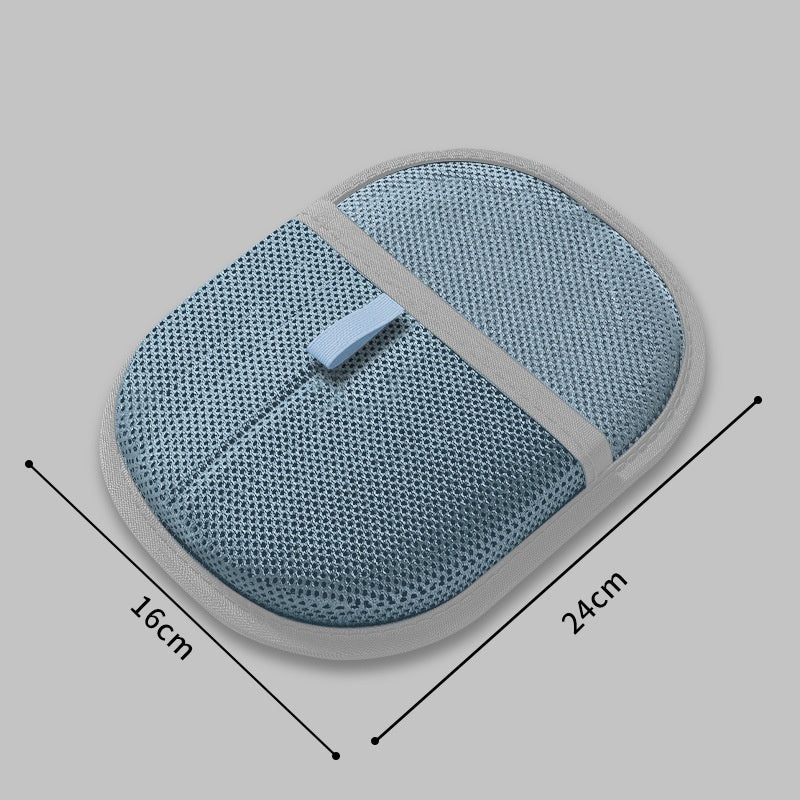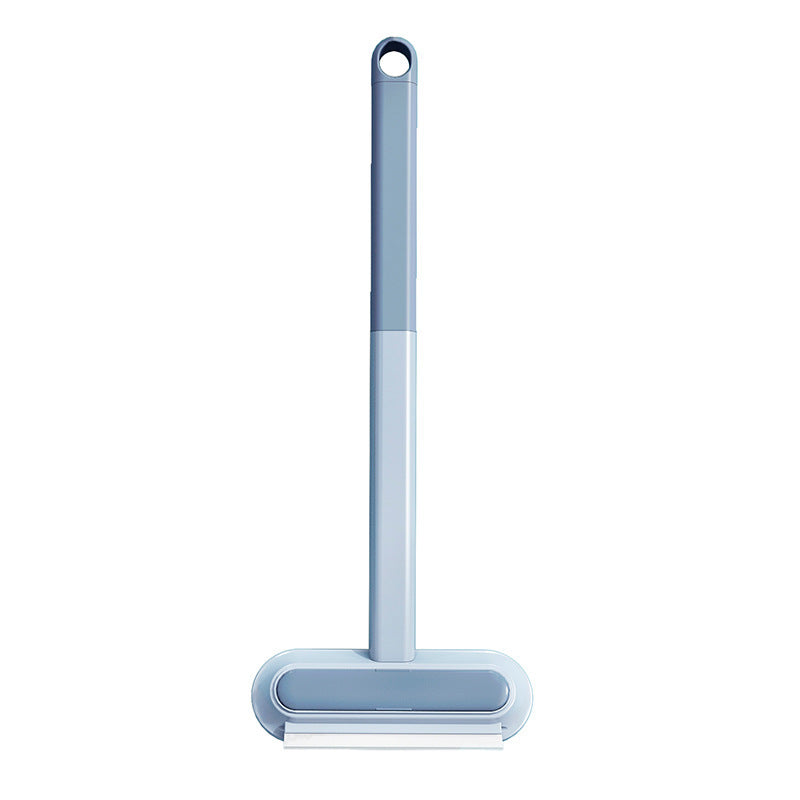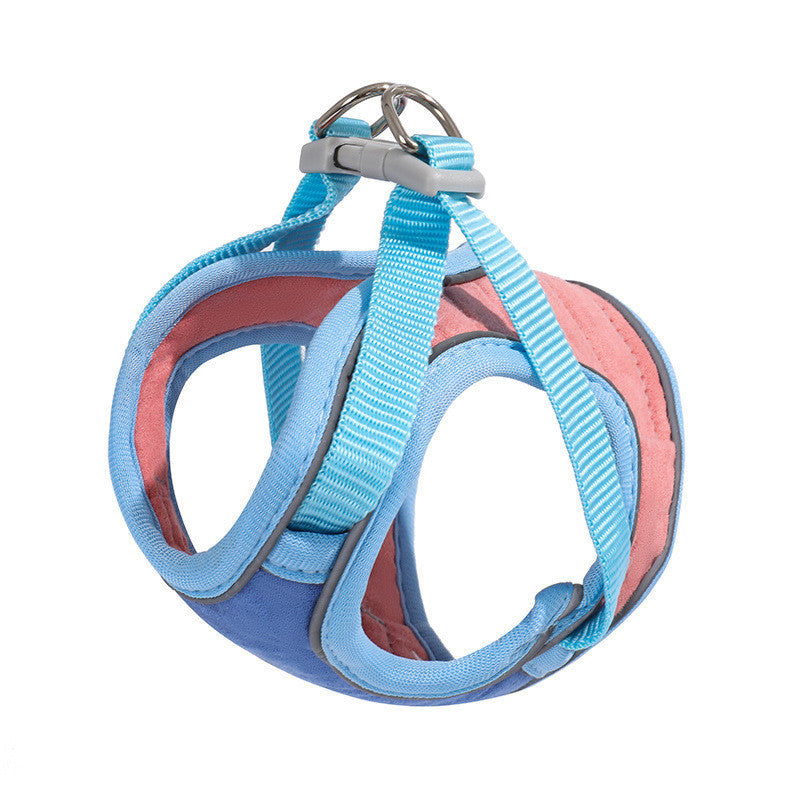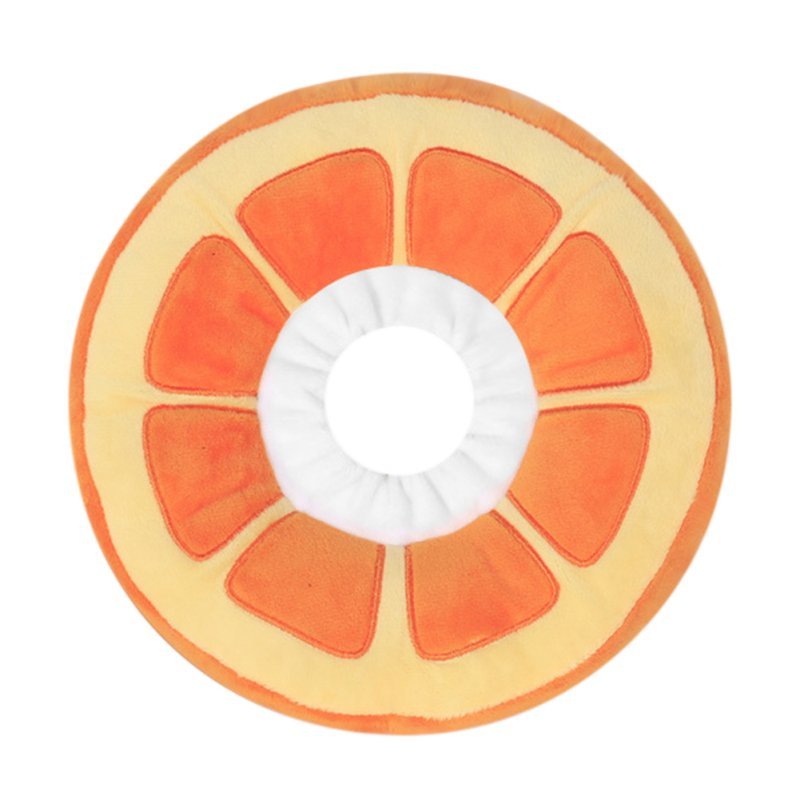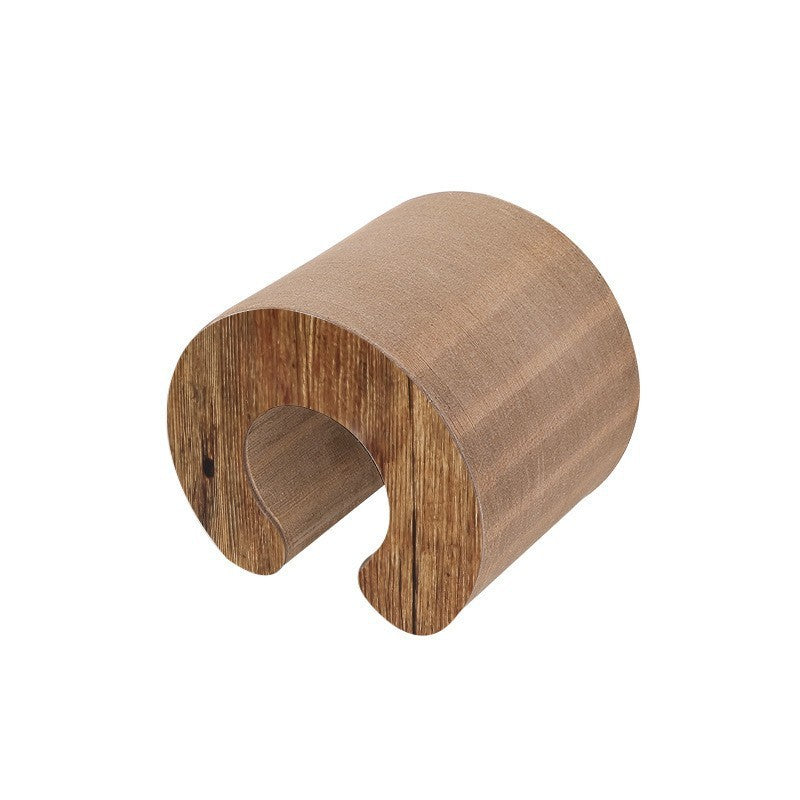Living with multiple cats can bring doubled joy but also unique challenges. Whether you're adding a new cat to your family or managing existing feline relationships, understanding how cats interact and respecting their territorial nature is essential for household harmony. In this blog, we'll explore strategies for creating a peaceful multi-cat environment where each feline can thrive.
Resource management: Cats may compete for valued resources, creating tension. Provide multiple feeding stations, water sources, litter boxes, scratching surfaces, and resting areas throughout your home. The general rule is one of each resource per cat, plus one extra, placed in different locations to prevent any cat from "resource guarding" all options.
Territory considerations: Even friendly cats need personal space. Create multiple "territories" with vertical options like cat trees, shelves, and window perches. Arrange furniture to create paths that allow cats to navigate the home without confronting each other. Hiding spots and elevated retreats give cats options to remove themselves from stressful situations.
Australian pet experts and organisations like Sustainable Pet AU suggest creating vertical territories with cat trees, shelves, and window perches. Many Australian cat owners arrange furniture to create “cat highways” that allow cats to move around the home without confrontation.
Recognizing relationship dynamics: Cat relationships exist on a spectrum from close bonding (mutual grooming, sleeping together) to peaceful coexistence (mutual tolerance without affection) to active conflict. Most multi-cat households include various relationship types, which may change over time. Respect these natural dynamics rather than forcing interactions.
Managing conflict: Minor disagreements between cats are normal, but persistent aggression requires intervention. Identify triggers for conflict and manage them proactively. Sometimes separation and gradual reintroduction using techniques similar to introducing new cats can reset negative relationship patterns.
Stress reduction: Multiple cats create more complex social dynamics, potentially increasing stress. Pheromone diffusers designed for multi-cat households can help create a calming atmosphere. Individual play sessions ensure each cat receives attention and exercise without competition, reducing overall household tension.
Australian pet behaviourists and organisations like Feline Minds Australia promote the use of pheromone diffusers and individual play sessions to reduce stress in multi-cat homes. These strategies are increasingly popular among Australian cat owners.
| Strategy | Purpose | How to Implement |
|---|---|---|
| Resource Management | Reduce competition, prevent guarding | Multiple feeding/litter/rest areas, plus one extra |
| Territory Creation | Provide personal space, reduce stress | Cat trees, shelves, window perches, cat highways |
| Respect Relationships | Allow natural social dynamics | Avoid forcing interactions, accept tolerance |
| Conflict Management | Address aggression, reset relationships | Identify triggers, use separation/reintroduction |
| Stress Reduction | Lower household tension | Pheromone diffusers, individual play sessions |
The key to multi-cat harmony lies in understanding that cats are not naturally social in the same way as humans or dogs. They can form close bonds, but they also need autonomy and choice in their interactions. By creating an environment with abundant resources, appropriate space, and respect for individual preferences, you can help your cats develop positive or at least neutral relationships.
Step-by-Step Guide: Creating a Peaceful Multi-Cat Home
- Provide Multiple Resources: Offer one of each resource per cat, plus one extra, in different locations.
- Create Vertical and Horizontal Territories: Install cat trees, shelves, and window perches. Arrange furniture to create “cat highways.”
- Respect Relationship Dynamics: Allow cats to choose their level of interaction and avoid forcing friendships.
- Manage Conflict Proactively: Identify conflict triggers and use separation and gradual reintroduction if needed.
- Reduce Stress: Use pheromone diffusers and ensure each cat gets individual play and attention.
- Monitor and Adapt: Observe your cats’ relationships and adjust your strategies as needed to maintain harmony.
Remember that some cats simply prefer being the only feline in a household, and respecting this preference sometimes means making difficult decisions about what living situation truly serves each cat's wellbeing.
FAQs: Multi-Cat Households in Australia
Q: How many resources should I provide for multiple cats?
A: Provide one of each resource per cat, plus one extra, placed in different locations, as recommended by the Cat Protection Society of NSW and RSPCA Australia.
Q: How can I create more space for my cats?
A: Install cat trees, shelves, and window perches, and arrange furniture to create “cat highways,” as suggested by Sustainable Pet AU and Australian pet experts.
Q: Is it normal for my cats to not be best friends?
A: Yes, cat relationships range from close bonds to simple tolerance. Respect these dynamics rather than forcing interactions, as advised by Vet Voice Australia and the Cat Protection Society of NSW.
Q: What should I do if my cats fight?
A: Identify triggers for conflict and use separation and gradual reintroduction if needed, as recommended by RSPCA Australia and local veterinarians.
Q: How can I reduce stress in my multi-cat home?
A: Use pheromone diffusers and ensure each cat gets individual play and attention, as promoted by Feline Minds Australia and Australian pet behaviourists.
























